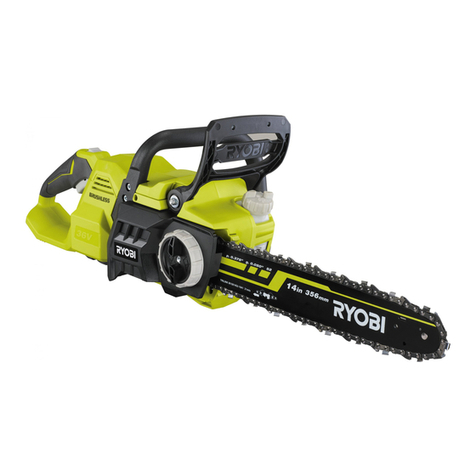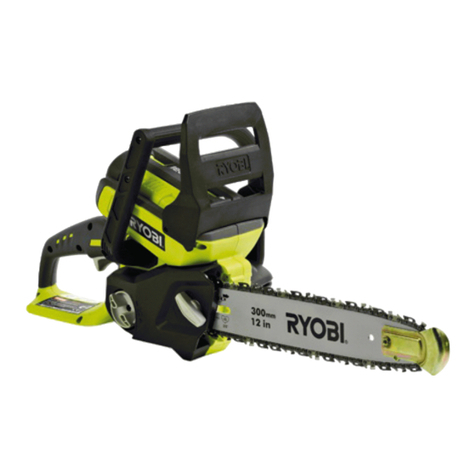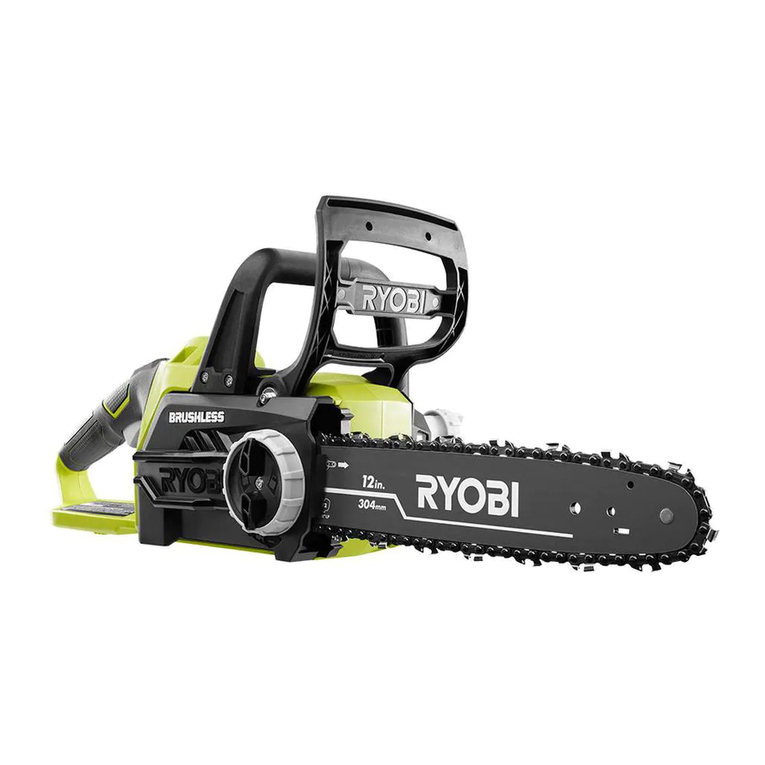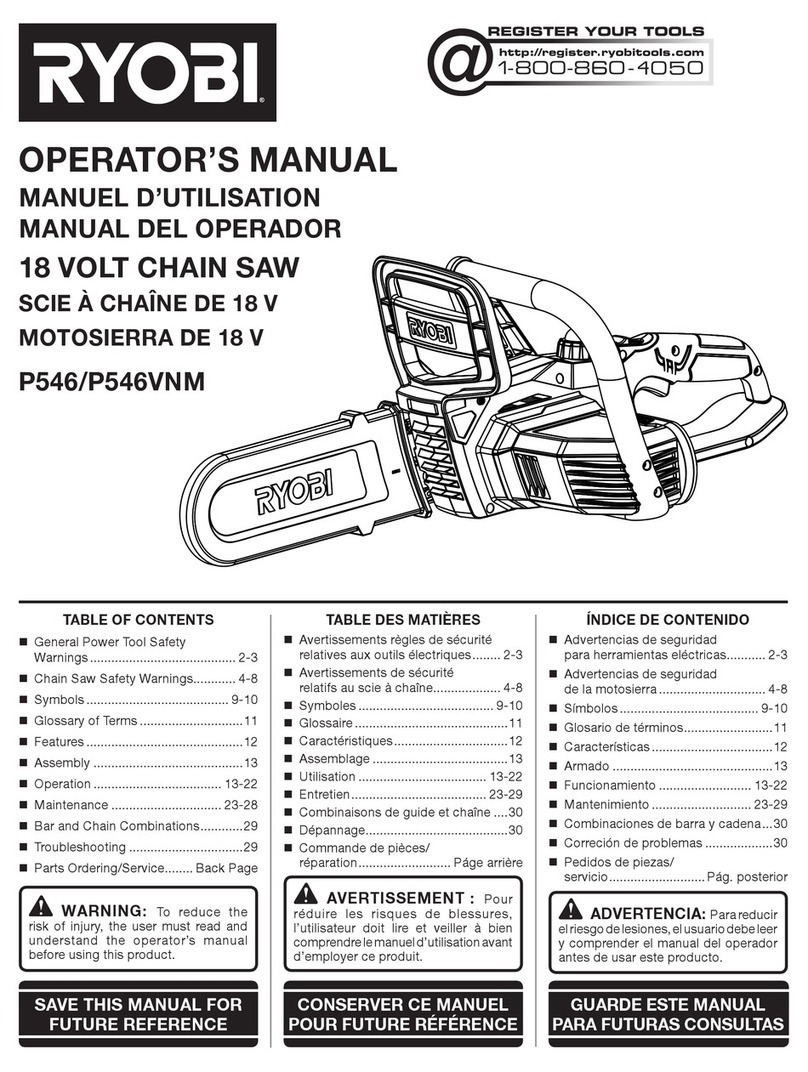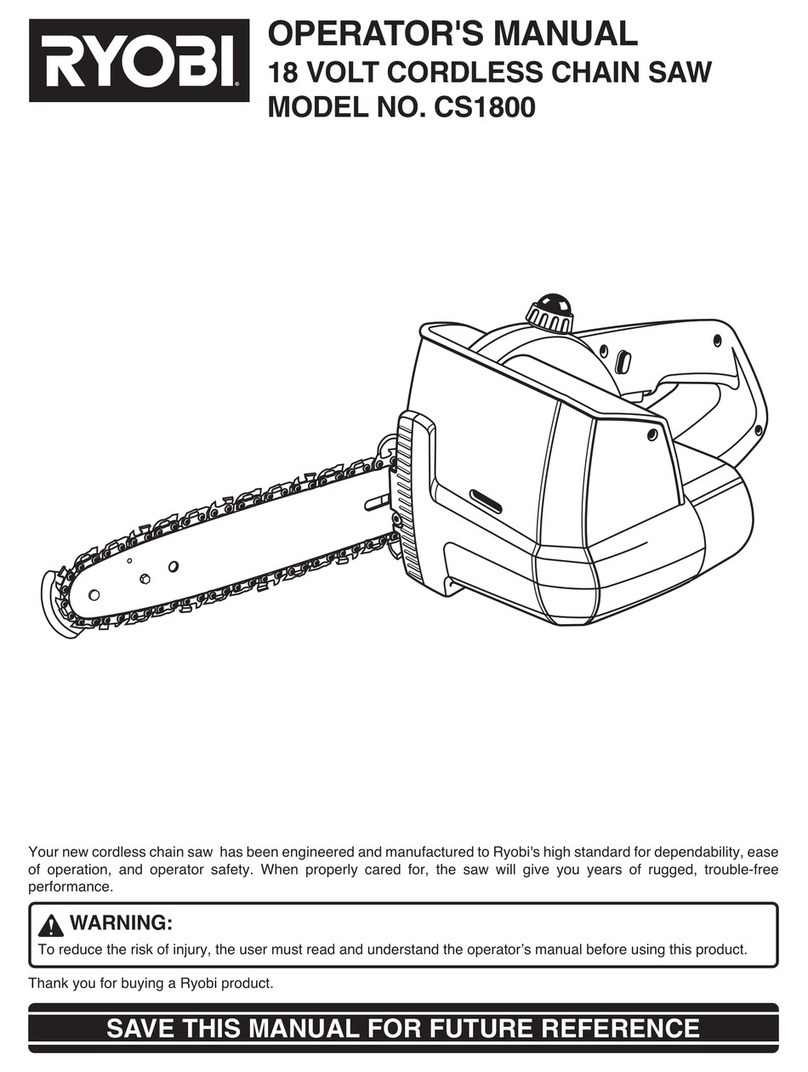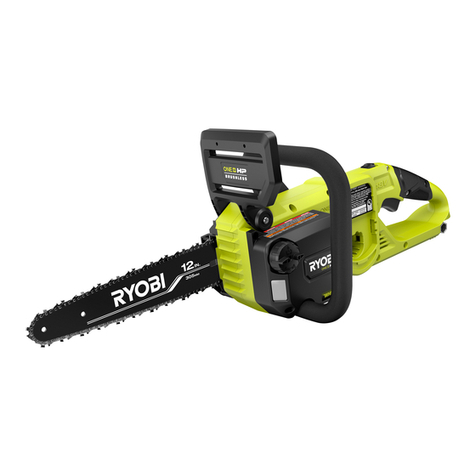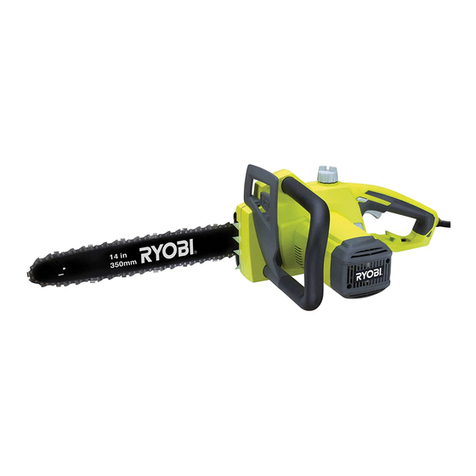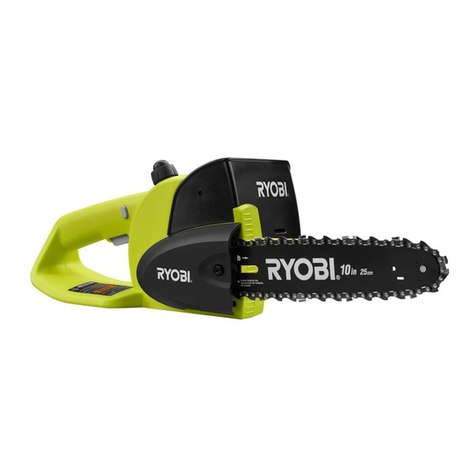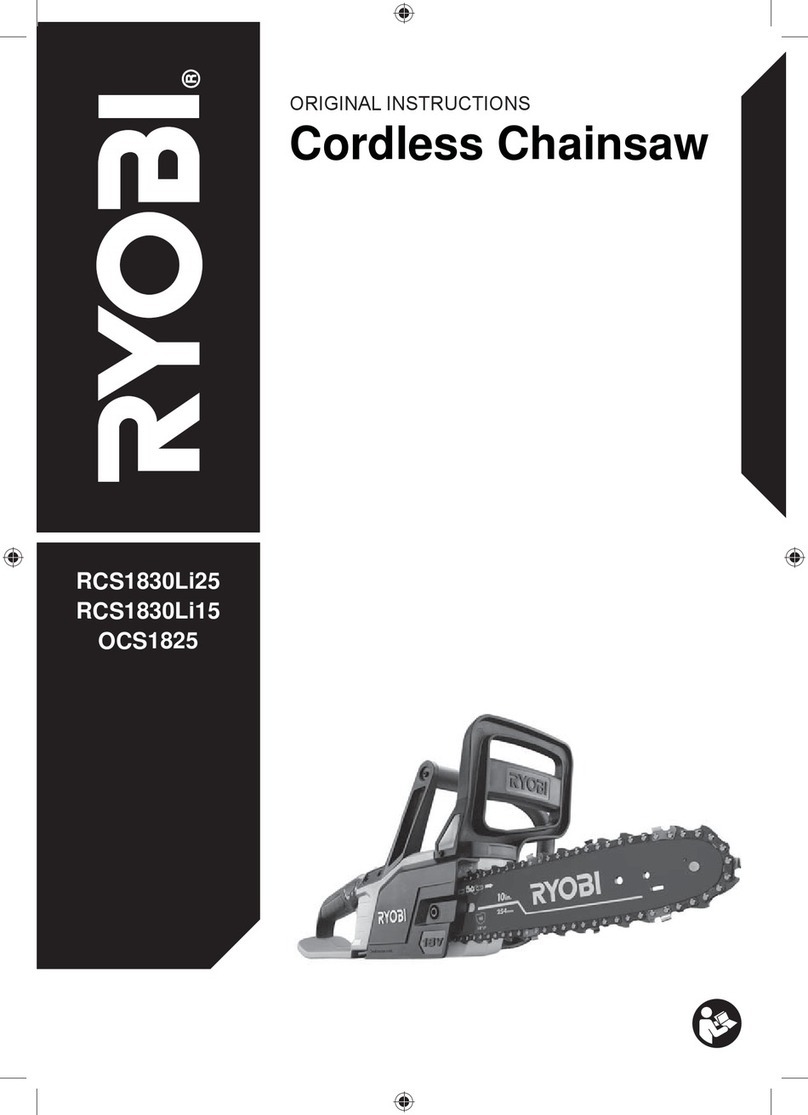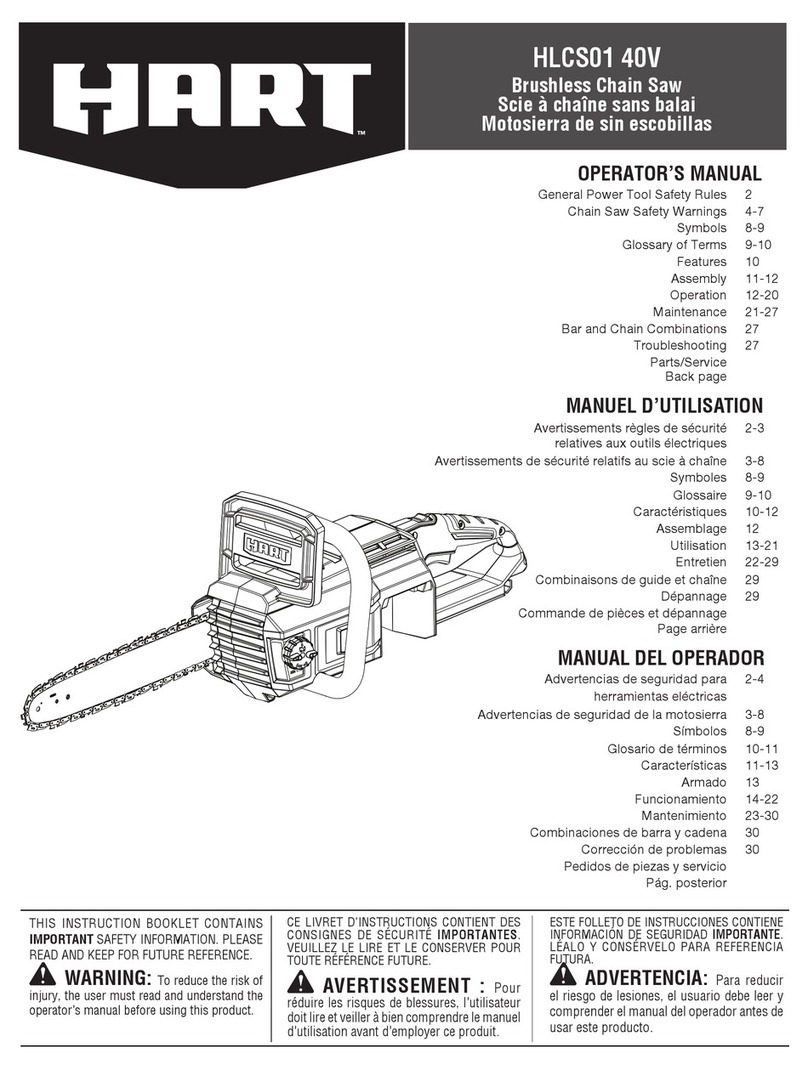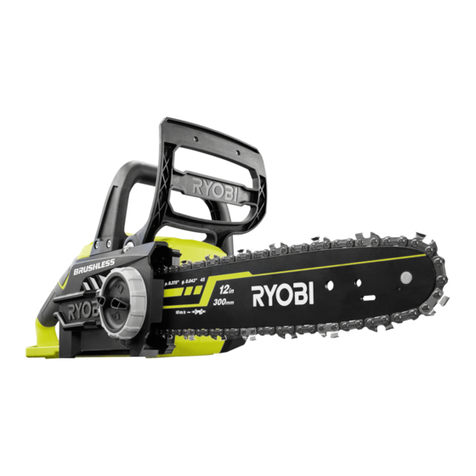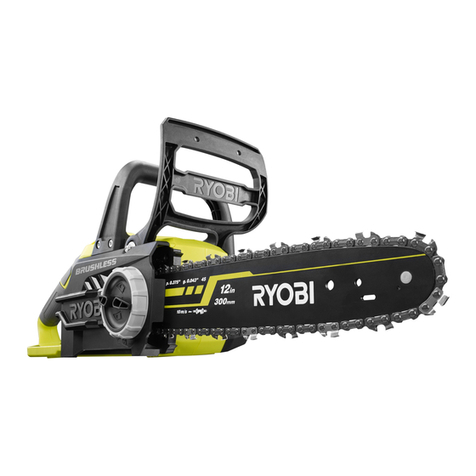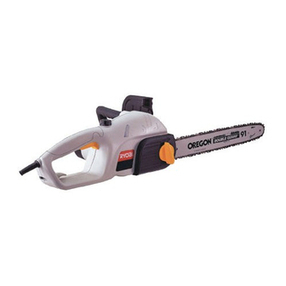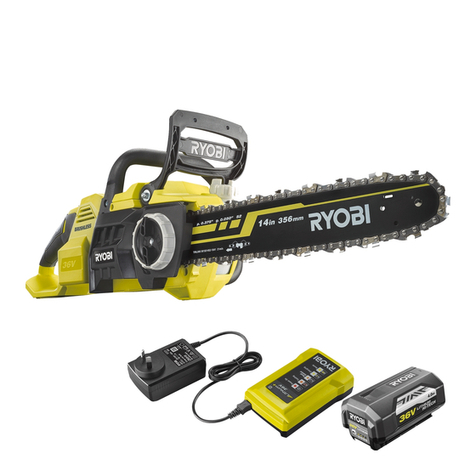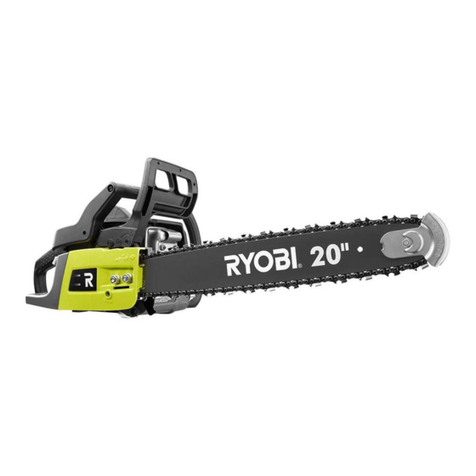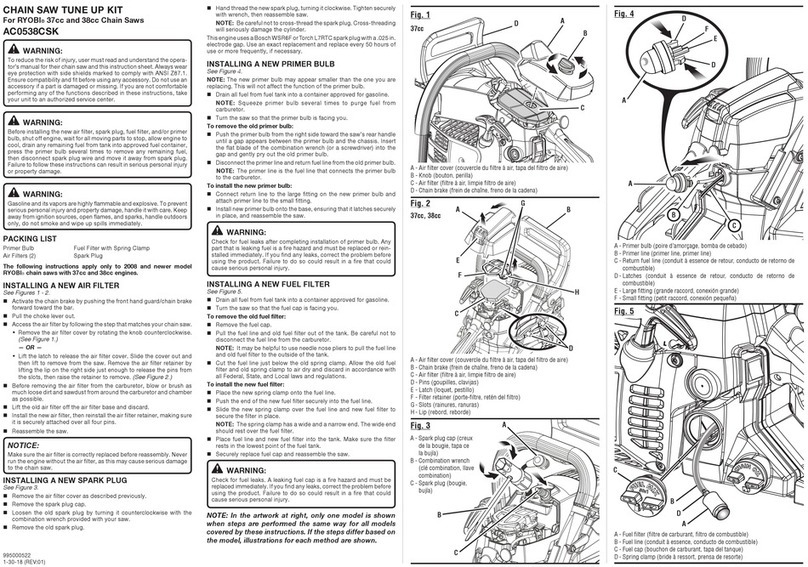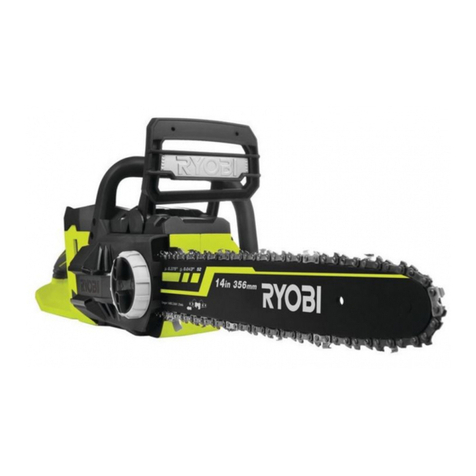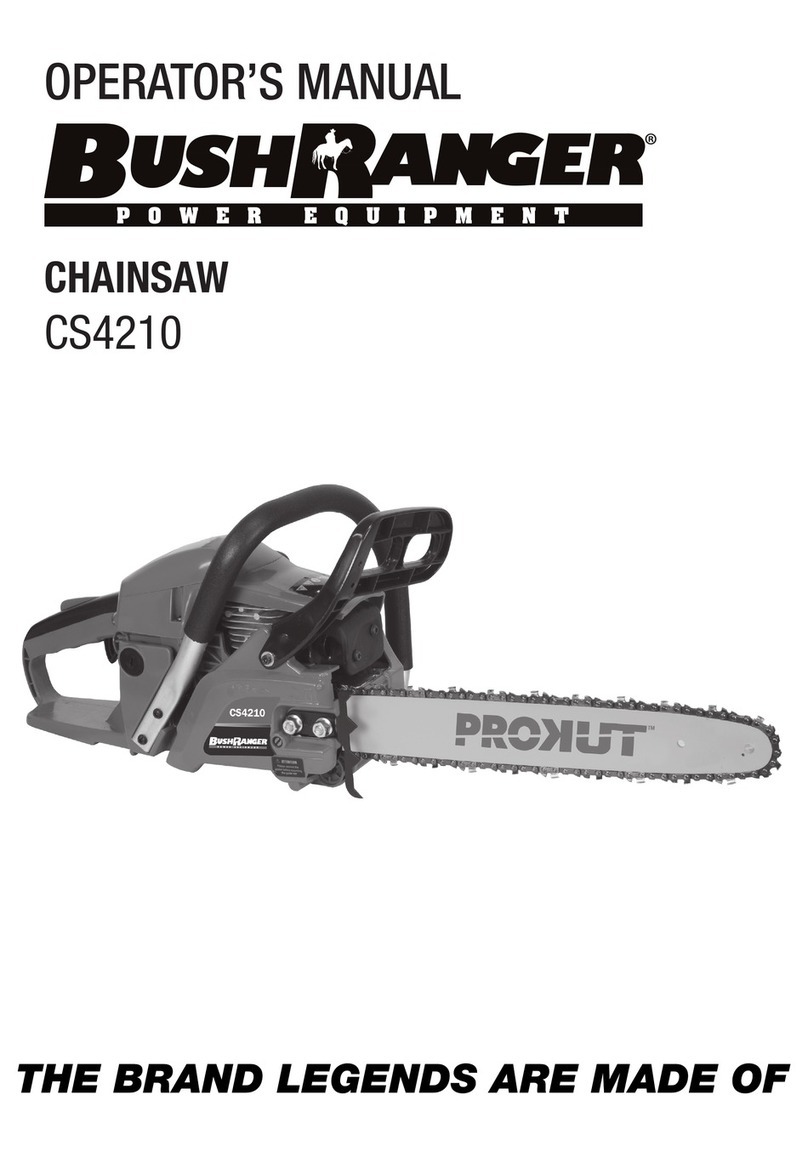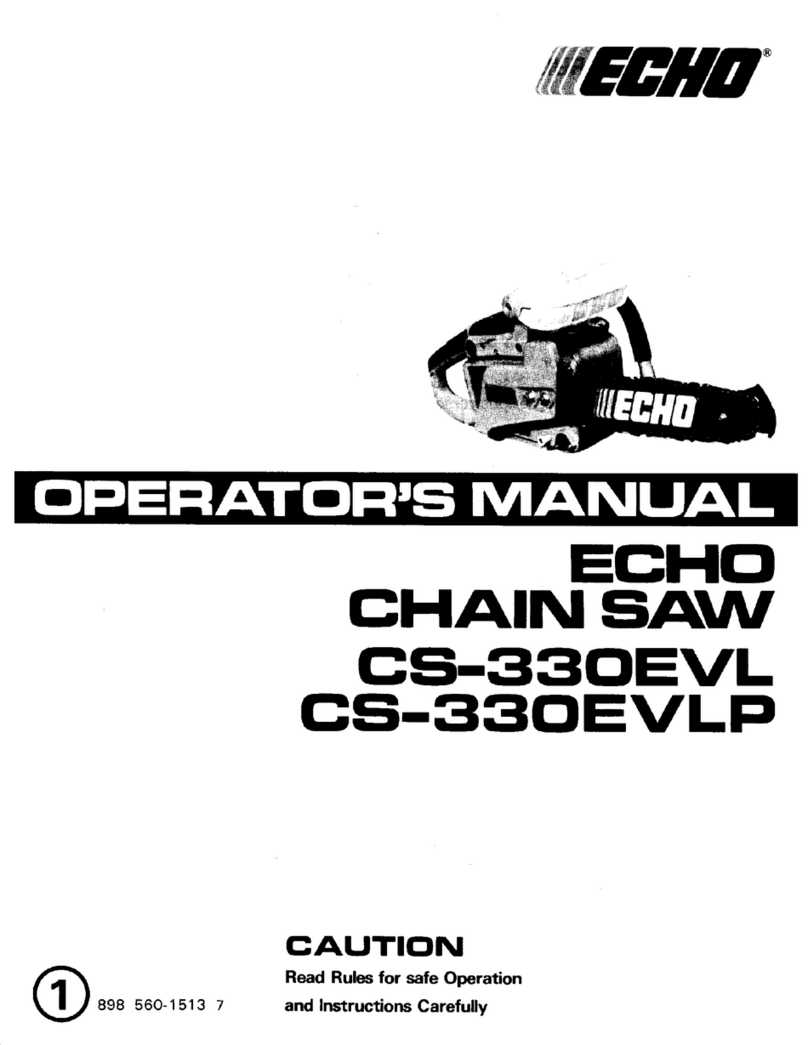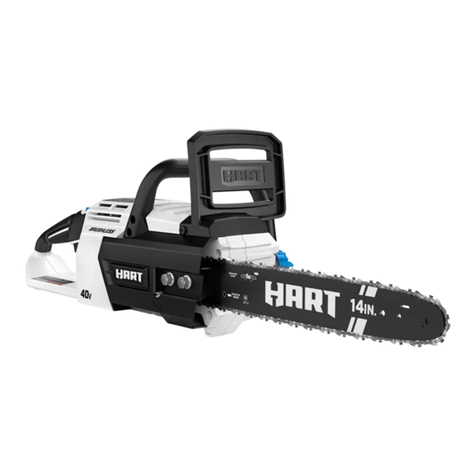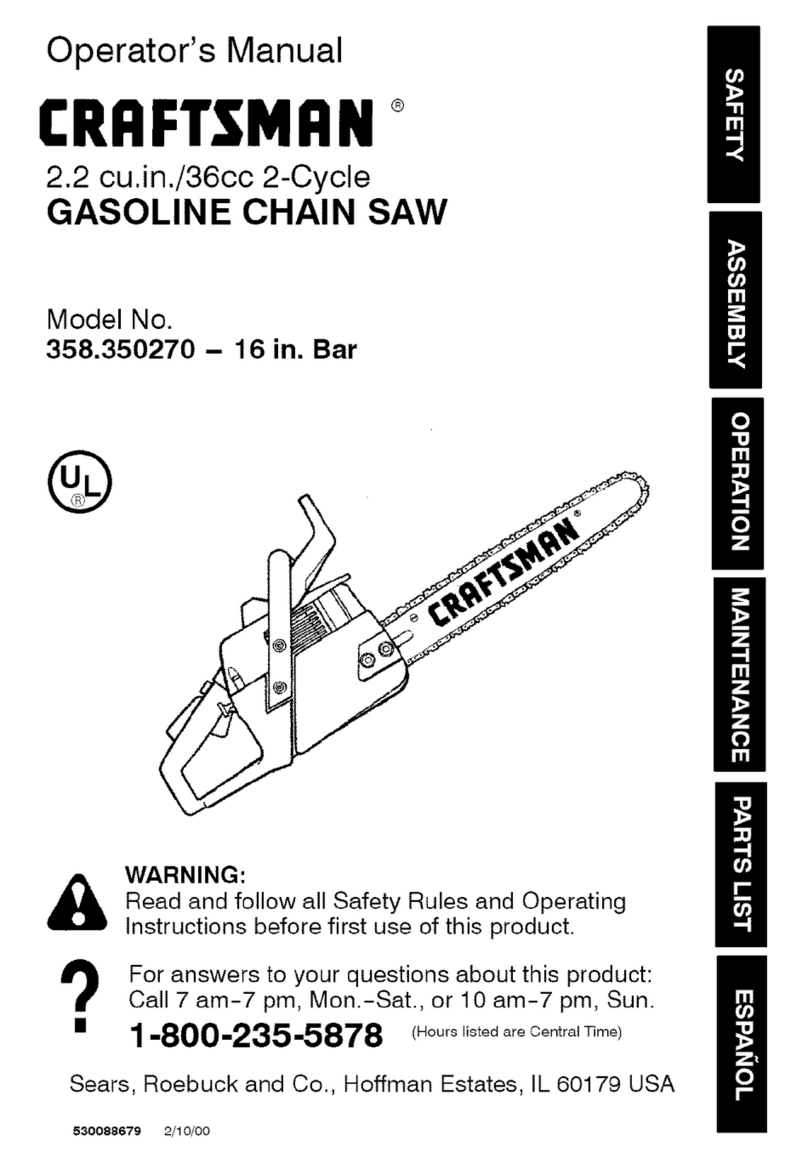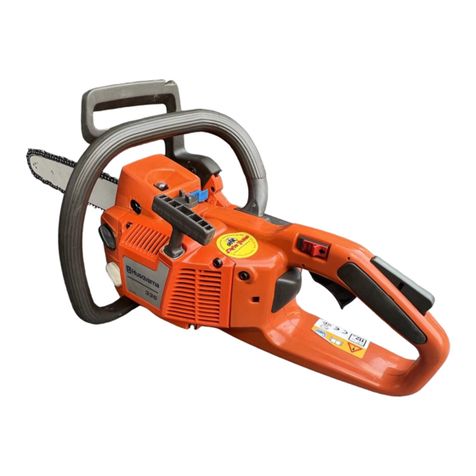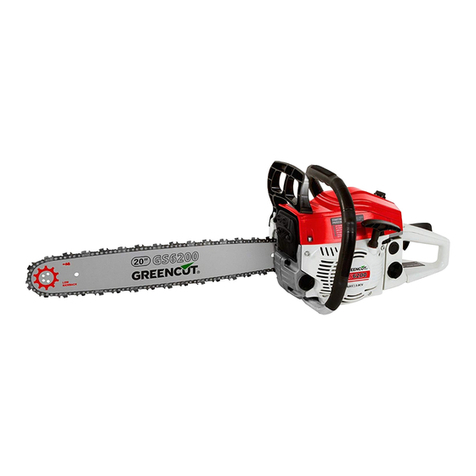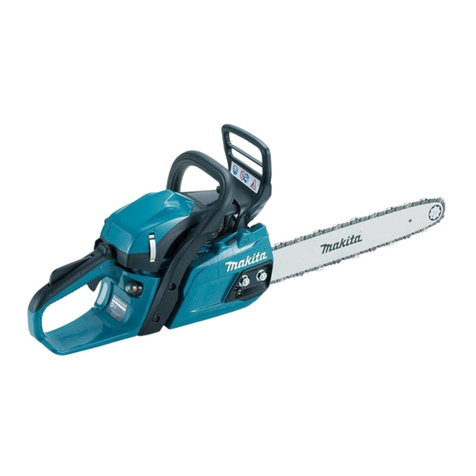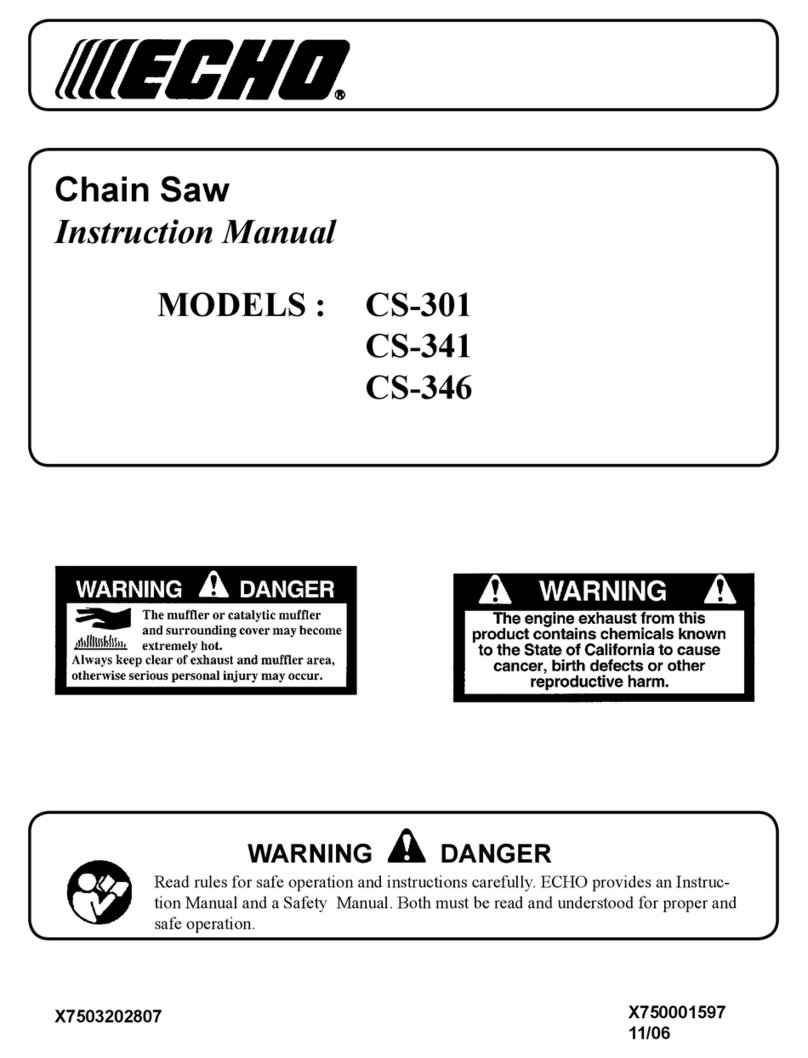
2
IMPORTANT SAFETY INSTRUCTIONS
The purpose of safety rules is to attract your
attention to possible dangers. The safety symbols
and the explanations with them, require your
careful attention and understanding. The safety
warnings do not by themselves eliminate any
danger. The instruction or warnings they give are
not substitutes for proper accident prevention
measures.
SAFETY ALERT SYMBOL. Indicates
danger, caution or warning. May be used
in conjunction with other symbols or
pictures.
Failure to obey a safety warning can result in
serious injury to yourself or to others. Always follow
the safety precautions to reduce the risk of fire,
electric shock and personal injury.
Do not attempt to operate this tool until you have
read thoroughly and completely understood the
safety rules, etc. contained in this manual. Failure
to comply can result in accidents involving fire,
electric shock or serious personal injury. Save this
Owners Operating Manual and review it frequently
for continual safe operation and for instructing
others who may use this tool.
INTENDED USE
The product is only intended for use outdoors. For
safety reasons the product must be adequately
controlled by using two-handed operation at all
times.
The product is designed for cutting branches,
trunks, logs and beams of a diameter determined
by the cutting length of the guide bar. It is only
designed to cut wood. It is only to be used in
domestic application by adults who have received
adequate training on the hazards and preventative
measures/actions to be taken whilst using it.
Do not use the product for any purpose not listed
above. It is not to be used for professional tree
services. The product is not to be used by children
or by persons not wearing adequate personal
protective equipment and clothing.
WARNING
To reduce the risk of injury, the user must
read and understand the operator’s
manual.
WARNING
Chainsaws are potentially dangerous
tools. Accidents involving the use of
chainsaws often result in loss of limbs or
death. It is not just the chainsaw that is
the hazard. Falling branches, toppling
trees, rolling logs can all kill.
Diseased or rotting timber poses
additional hazards. You should assess
your capability of completing the task
safely. If there is any doubt, leave it to a
professional tree surgeon.
CHAINSAW SAFETY WARNINGS
Keep all parts of the body away from the saw chain
when the chainsaw is operating. Before you start
the chainsaw, make sure the saw chain is not
contacting anything. A moment of inattention while
operating chainsaws may cause entanglement of
your clothing or body with the saw chain.
Always hold the chainsaw with your right hand on
the rear handle and your left hand on the front
handle. Holding the chainsaw with a reversed hand
configuration increases the risk of personal injury
and should never be done.
Hold the power tool by gripping surface only,
because the saw chain may contact hidden wiring
or its own cord. Saw chains contacting a “live” wire
may make exposed metal parts of the power tool
“live” and could give the operator an electric shock.
Wear safety glasses and hearing protection.
Further protective equipment for head, hands, legs
and feet is recommended. Adequate protective
clothing will reduce personal injury by flying debris
or accidental contact with the saw chain.
Do not operate a chainsaw in a tree. Operation of a
chainsaw while up in a tree may result in personal
injury.
Always keep proper footing and operate the
chainsaw only when standing on fixed, secure and
level surface. Slippery or unstable surfaces such as
ladders may cause a loss of balance or control of
the chainsaw.
When cutting a limb that is under tension be alert
for spring back. When the tension in the wood
fibres is released the spring loaded limb may strike
the operator and/or throw the chainsaw out of
control.
